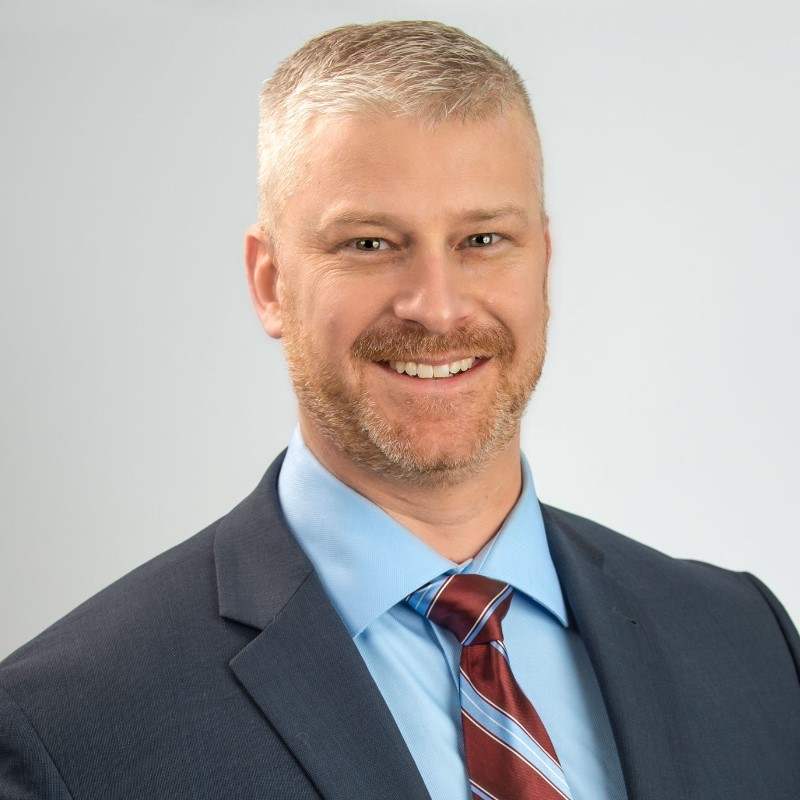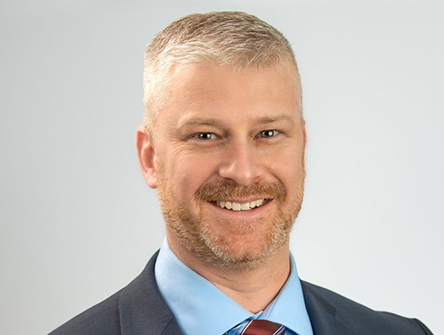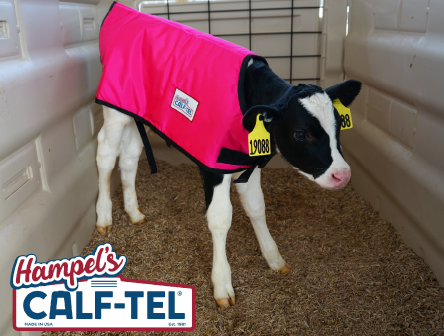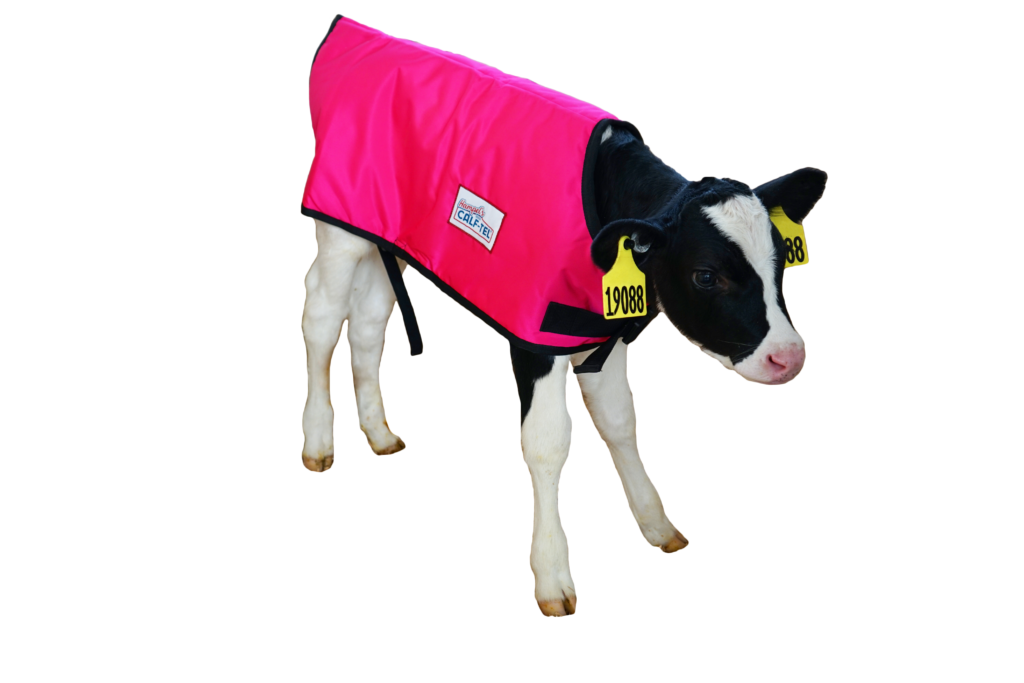
Hampel’s Calf-Tel is excited to welcome back Brandon Sowder as Director of Global Business Development – Calf-Tel. Brandon was Calf-Tel’s Director of Sales from 2017-2020. He’s returning to us from ABS where he was Director of Business Development for North America. Brandon’s tenure in the dairy industry spans 20 years and includes various roles of increased responsibility in business development and sales leadership, with assignments in various regions of the U.S. as well as in Europe.
“Hampel has experienced tremendous growth over the past 2 years. In order to continue our trajectory, we’re making significant investments throughout our organization in manufacturing, design and innovation. Brandon’s progressive approach, global reach and pervasive understanding of leading trends make him an ideal leader to match our ambitions for Calf-Tel,” said Scott Struve, Head of Brand Development for Hampel.
“Calf-Tel is already a leader in the calf housing space. However, I believe we’re just getting warmed up! I’ve had a peek behind the curtain of what’s to come and I’m looking forward to leading the charge; getting the Calf-Tel brand and product in front of customers globally,” said Sowder.
Brandon holds a Bachelor of Science Degree in Animal Science from The Ohio State University. His first day with Calf-Tel will be November 14th.
Brandon can be reached at:
(502) 655-1896
brandonsowder@hampelcorp.com
For more information on the Calf-Tel line of products, visit www.Calf-Tel.com or call (262) 255-4540 or email: sales@calftel.com.
Hampel’s Calf-Tel, a division of Hampel Corporation, began serving the agriculture industry in 1981 with the introduction of Calf-Tel housing systems. Today it is the number one choice for calf housing, worldwide. For more information, visit www.Calf-Tel.com or learn more at www.facebook.com/calftel and www.youtube.com/calftel.



